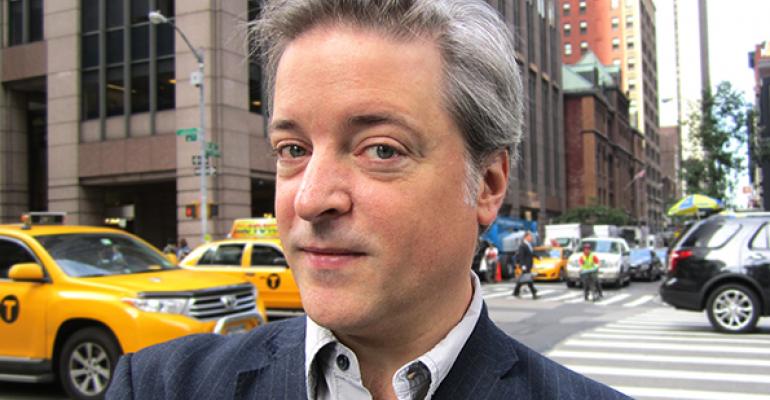When we thought about this month’s cover story, penned by our former senior editor Jerry Gleeson, the idea was to show the beating heart inside some of the so-called robo-advisors, online asset allocation tools that use algorithms and funds to create tailored low-cost investment portfolios.
We didn’t want to revive the increasingly stale debate over the topic. We wanted to illustrate that there are real financial advisors, many of them CFPs, who sit behind the technology and work with clients in very different ways than those at traditional firms. Some of these firms are opening up new career paths for flesh-and-blood planners, many of them young and, as you’ll read in the story, uncomfortable with the traditional conventions of the profession.
There is a consensus growing, even by skeptics, that some model combining consumer-facing technology with a human advisor is where the industry is headed.
It wasn’t always the case. The us-versus-them mentality between financial advisors and online automated financial management tools seemed to peak a few years ago, around the time someone mockingly dressed up like a robot (a costume made, it seemed, from cardboard boxes and aluminum foil) at a technology conference for advisors.
The image was approvingly passed around some quarters of the advisory community who chuckled over what they saw as a clever riposte to the new competition. To others, it was an embarrassing demonstration of just how far the financial planning industry was from where real innovation was happening. (Remember, the mock-robot here was at an advisor technology conference.)
That went the other way as well. While Betterment is now courting advisors via Betterment Institutional, many still remember clearly when the startup’s marketing strategy was to put crosshairs on advisors. Among other things, they published a blog post on how financial advisors are bad for their clients’ financial health, complete with an image of an advisor’s face on the body of a pig.
They have clearly changed. At the recent MarketCounsel Summit held in Las Vegas, Betterment CEO Jon Stein told the crowd it’s “impossible” to disrupt a healthy advisor-client relationship and “it’s not at all our ambition.”
The most articulate voice at the conference for how the industry is changing came from United Capital CEO Joe Duran, who said the model will be one where the technology moves from sitting behind the advisor to sitting in front of the client.
In other words, clients will find their advisor online, approach them through an online portal that gathers their information and lets them track their holdings and accounts, and, when needed, access a human being for more complicated stuff. “Eventually everyone will be shades of bionic,” he said.
What won’t survive will be financial advisors whose primary value is investing a client’s assets for a 1 percent fee.
“There is a democratization of knowledge. I’m certain you cannot ignore the (venture capital) money going to very bright people who will fundamentally shift the way we work. Firms like Wealthfront and Personal Capital will absolutely wipe out advisors that don’t add value to the end consumer” beyond asset allocation, said Duran, who speculated that maybe 70 percent of advisors fall into that camp.
On the same panel, John Michel, the CEO of CircleBlack, said advisors who simply bring in clients every quarter to a wood-paneled conference room, give them a cup of coffee and a stack of papers “will see their business decline.” Clients increasingly like to be able to check the status of their portfolios and financial plans three or four times a day, he said. Advisors need to be behind that experience, so when questions come up, the advisor is front of mind as a resource.
There are several variations of the new consumer-facing investment tools. Some use real advisors, and some don’t. But thankfully, we’re burying the old “robo-advisor: good or bad” debate, and moving on to much more exciting things. That is nothing but opportunity for those advisors who get it. You’ll meet a few in this month’s cover story.

David Armstrong
Editor-In-Chief






